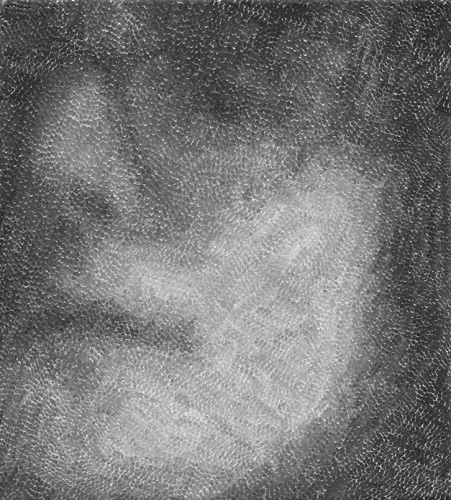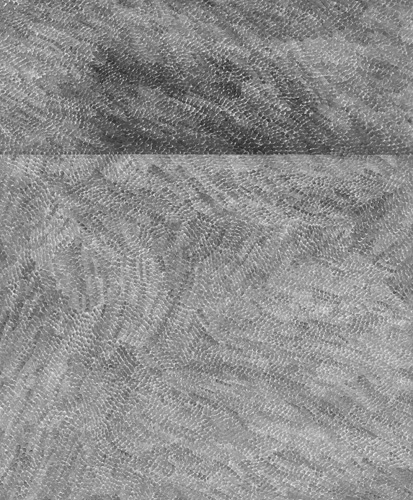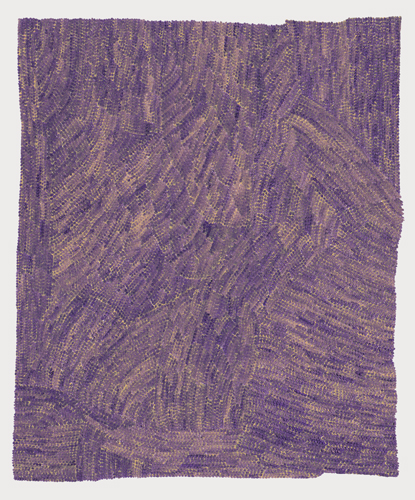
acrylic on canvas, 2016, 30 x 25 cm
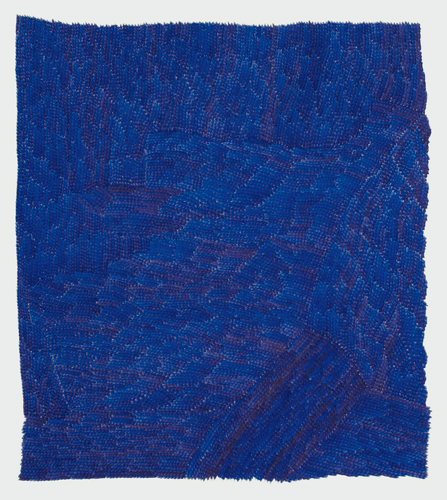
acrylic on canvas, 2016, 30 x 27 cm
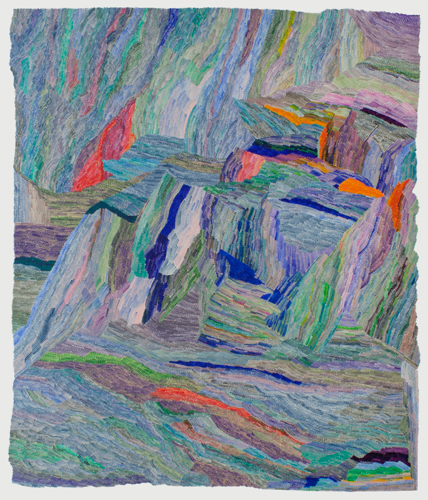
acrylic on canvas, 2016/2017, 70 x 60 cm
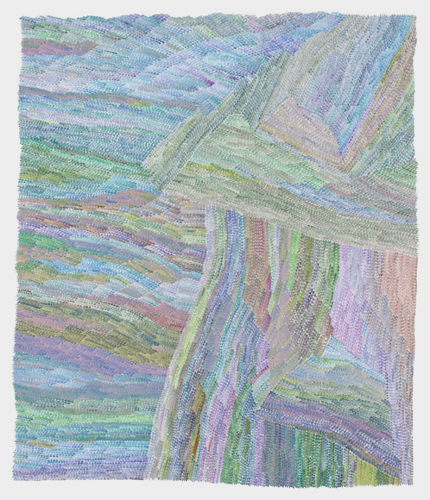
acrylic on canvas, 2016, 40 x 35 cm
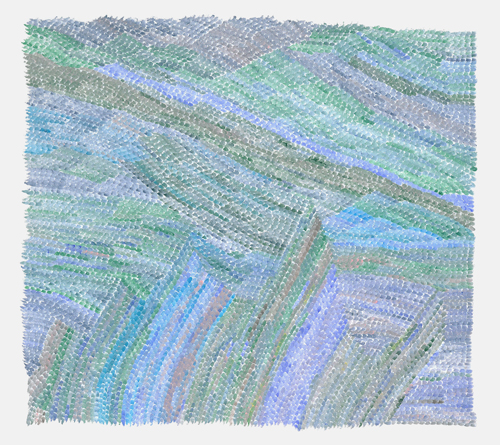
acrylic on canvas, 2016, 18 x 20 cm
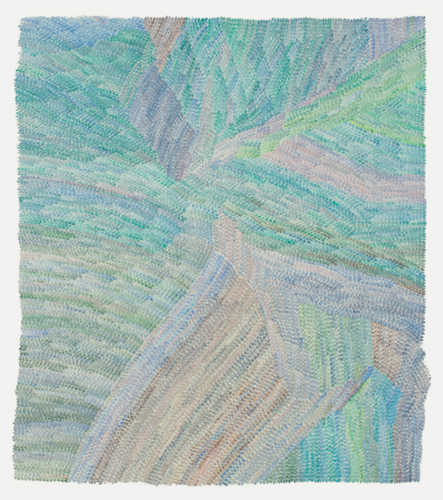
acrylic on canvas, 2016, 30 x 27 cm
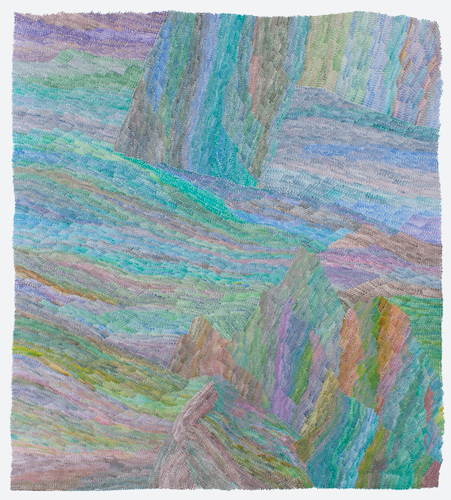
acrylic on canvas, 2016, 50 x 45 cm
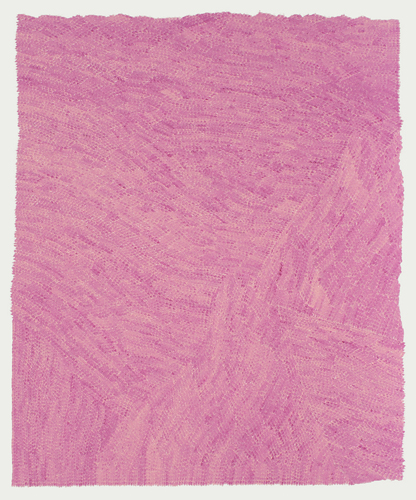
acrylic on canvas, 2016, 30 x 25 cm
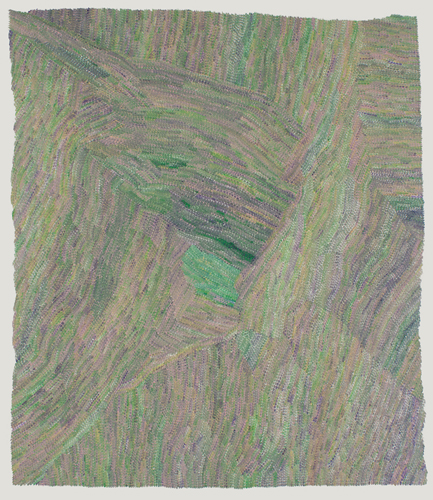
acrylic on canvas, 2016, 40 x 35 cm
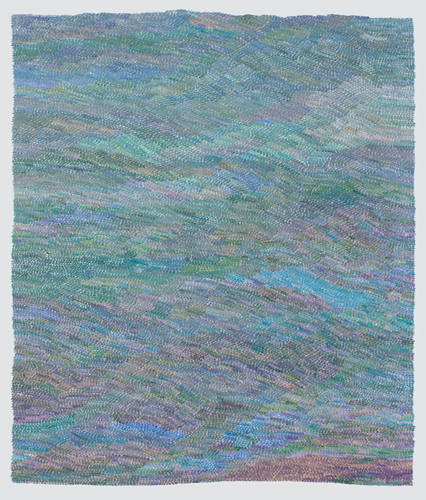
acrylic on canvas, 2016, 40 x 35 cm
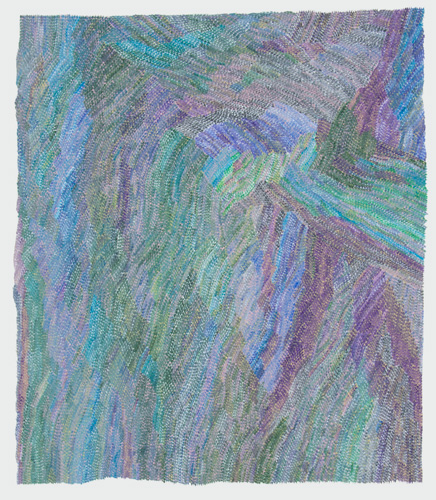
acrylic on canvas, 2016, 40 x 35 cm
Rather than faithfully depicting his own appearance, Krysiak's self-portraits serve as records of the moments in which they emerge. The act of painting itself mirrors the painter's inner states — haste, boredom, or serenity leave subtle traces in the form of rhythms and directional shifts across specific areas of the painting.
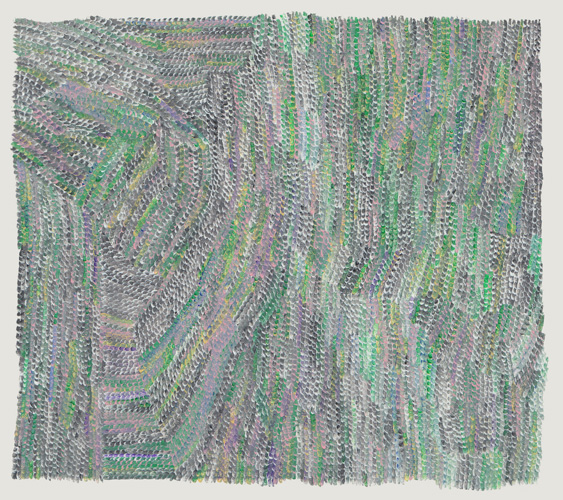
acrylic on canvas, 2016, 18 x 20 cm
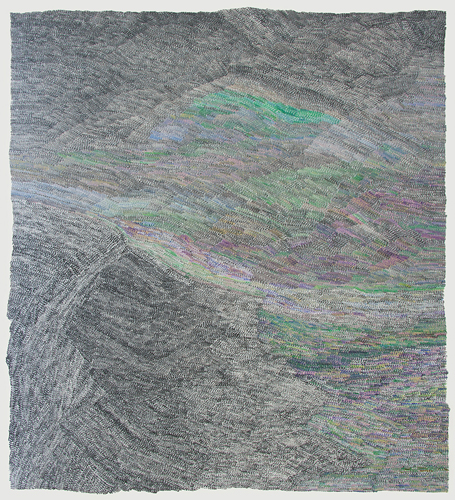
acrylic on canvas, 2016, 55 x 50 cm
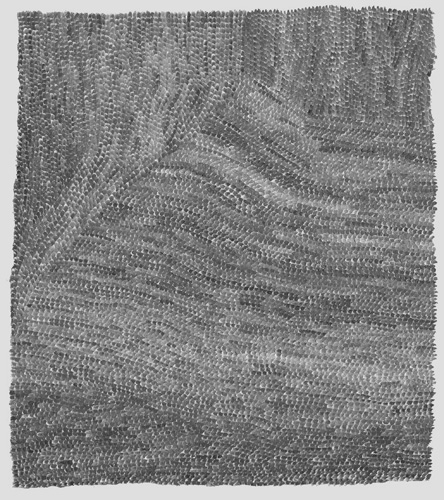
acrylic on canvas, 2016, 20 x 18 cm
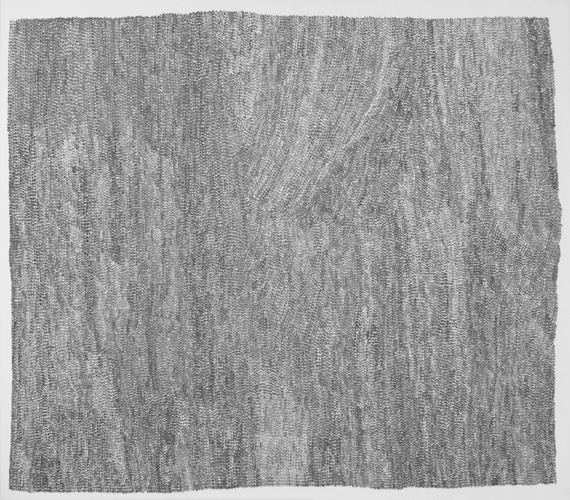
acrylic on canvas, 2016, 35 x 40 cm
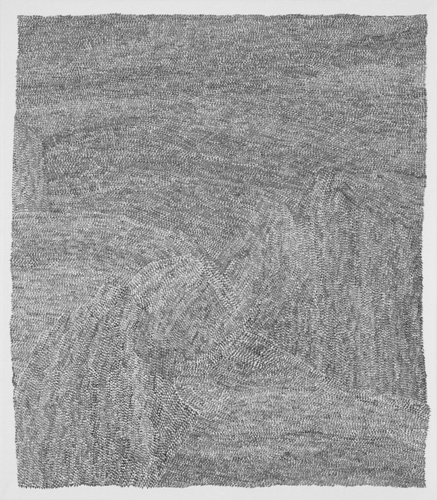
acrylic on canvas, 2016, 40 x 35 cm
Rather than faithfully depicting his own appearance, Krysiak's self-portraits serve as records of the moments in which they emerge. The act of painting itself mirrors the painter's inner states — haste, boredom, or serenity leave subtle traces in the form of rhythms and directional shifts across specific areas of the painting.
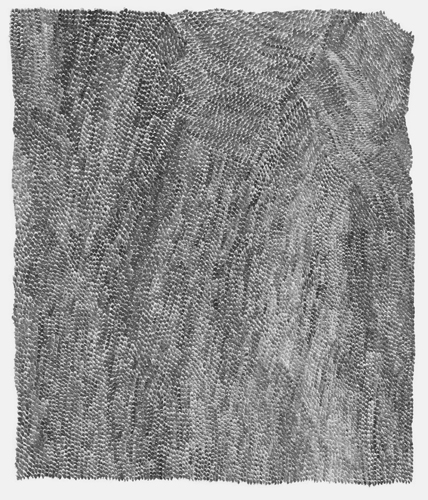
acrylic on canvas, 2016, 24 x 21 cm
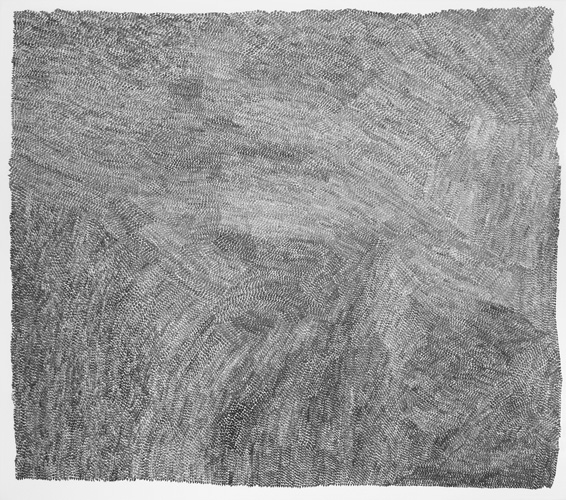
acrylic on canvas, 2016, 35 x 40 cm
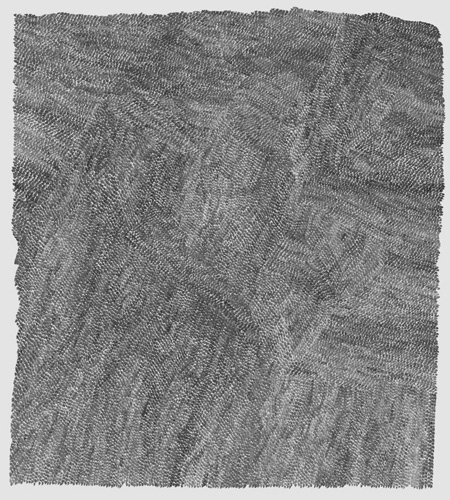
acrylic on canvas, 2016, 30 x 27 cm
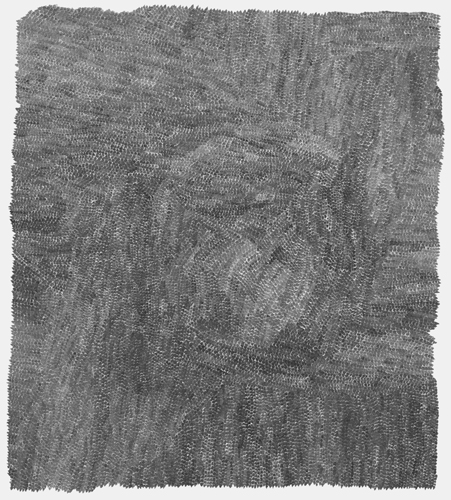
acrylic on canvas, 2016, 27 x 24 cm
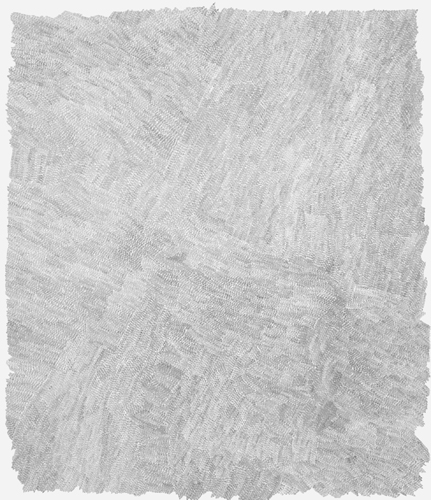
acrylic on canvas, 2016, 40 x 35 cm
Rather than faithfully depicting his own appearance, Krysiak's self-portraits serve as records of the moments in which they emerge. The act of painting itself mirrors the painter's inner states — haste, boredom, or serenity leave subtle traces in the form of rhythms and directional shifts across specific areas of the painting.
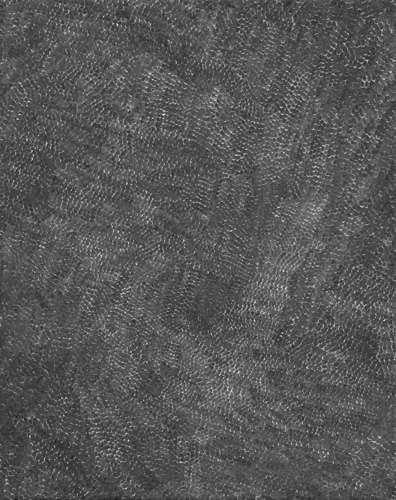
acrylic on canvas, 2015-2016, 25 x 20 cm
This painting was awarded by an international contemporary art jury in a competition organized by the Art Registry World.
Rather than faithfully depicting his own appearance, Krysiak's self-portraits serve as records of the moments in which they emerge. The act of painting itself mirrors the painter's inner states — haste, boredom, or serenity leave subtle traces in the form of rhythms and directional shifts across specific areas of the painting.
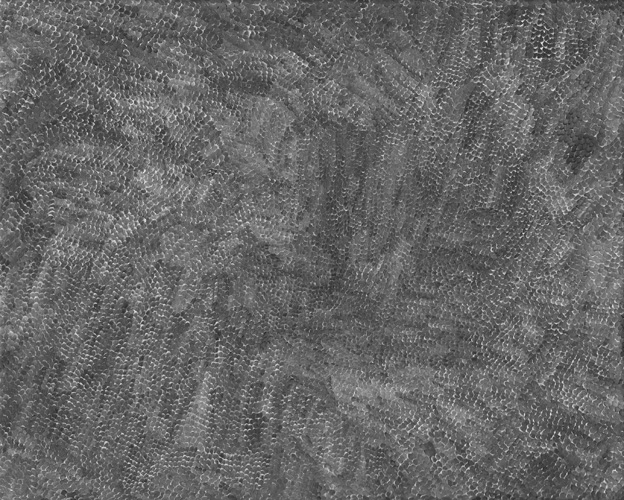
acrylic on canvas, 2016, 20 x 25 cm
This painting was selected in the Dave Bown Projects 12th
Semiannual Competition (2016) curated by Kathleen
Goncharov, Curator of Contemporary Art, Boca Raton Museum of
Art; Irene Hofmann, Director and Chief Curator, SITE Santa Fe;
Al Miner, Assistant Curator of Contemporary Art, Museum of Fine
Arts, Boston.
It was also awarded by an international contemporary art jury in
a competition organized by the Art Registry World.
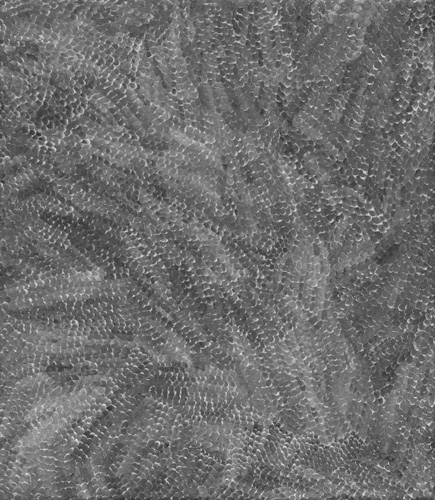
acrylic on canvas, 2016, 15 x 13 cm
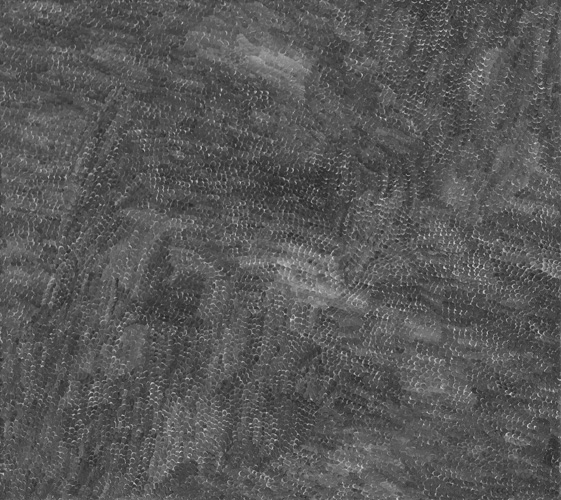
acrylic on canvas, 2016, 18 x 20 cm
This painting was awarded by an international contemporary art jury in a competition organized by the Art Registry World.
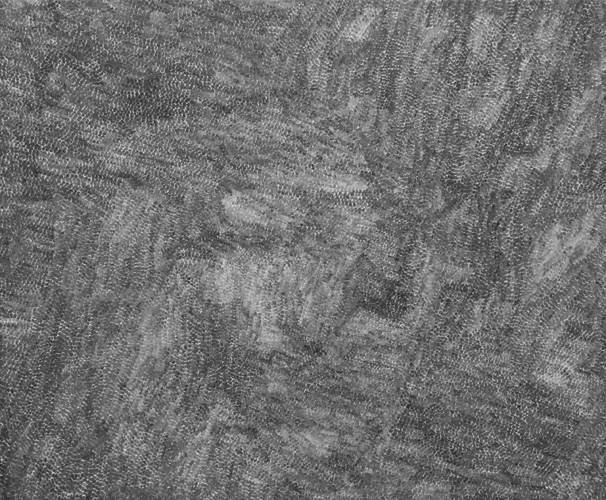
acrylic on canvas, 2016, 25 x 30 cm
This painting won the 5. Showcase in the ArtSlant competition
(2016).
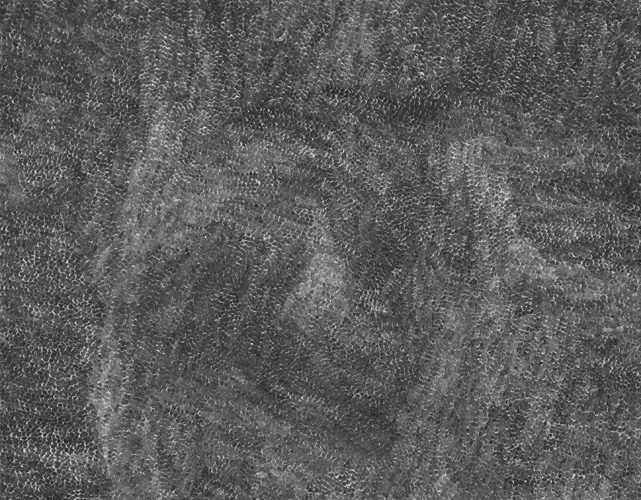
acrylic on canvas, 2015/2016, 20 x 25 cm
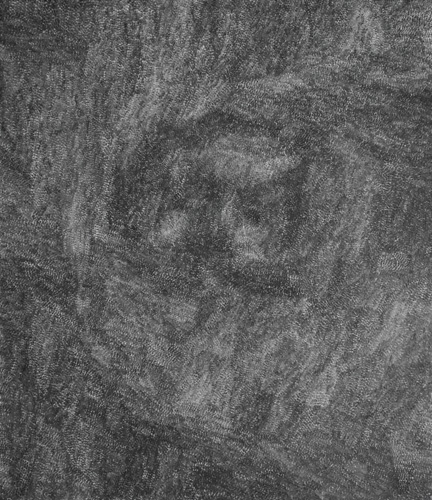
acrylic on canvas, 2016, 40 x 35 cm
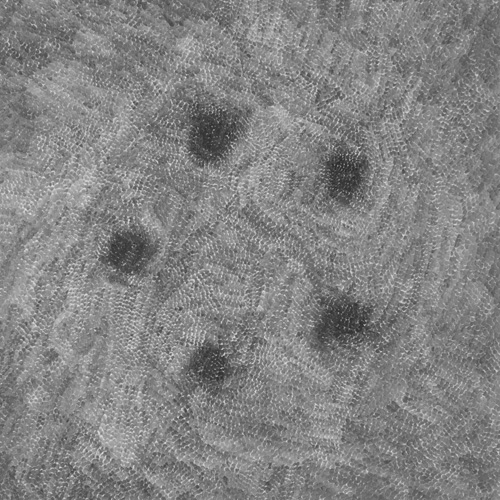
acrylic on canvas, 2016, 24 x 24 cm
Symbols, in a deceptive way, create a sense of meaning. They condense complex ideas into memorable patterns, serving as reference points that shape reactions, attitudes, and even decision-making.
This painting centers on two potent symbols. The first — black — embodies fascism, the fertile soil of the Nile, Benedictine humility, and the North. Adopted by religious groups, civilizations, and cultures with little common ground, black has accrued divergent meanings across centuries. It conjures black masses and cats, fear and evil, yet also signifies renewal, elegance, and shelter. In the West, it symbolizes death and mourning, contrasting with China, where white fulfills that role and black embodies the heavens. Simultaneously, it represents both the piety of early Christians and the menace of Satan.
When fused with the number five, black's symbolism deepens, echoing through mysticism, pagan rites, and sorcery. The number evokes the five senses, the Pentateuch, and the Five Holy Nights. From the Mayans to ancient India, China, Greece, and Egypt, the pentagram has straddled contradiction: to some, a symbol of perfection, life, and health; to others, a mark of evil, dark powers, and death.
Ultimately, this painting unveils a world where symbols intertwine, revealing the invisible threads that bind disparate beliefs, histories, and truths.
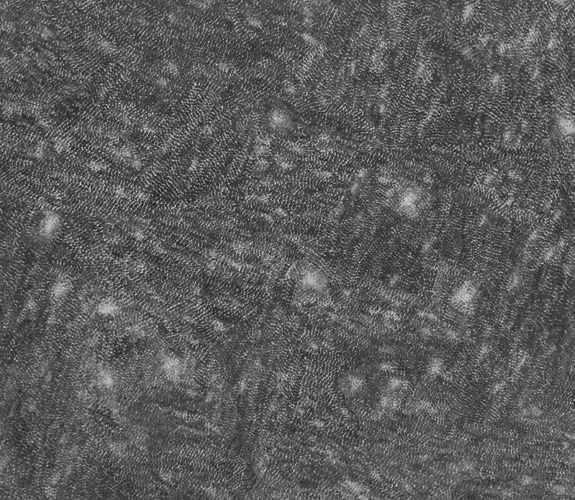
acrylic on canvas, 2016, 35 x 40 cm
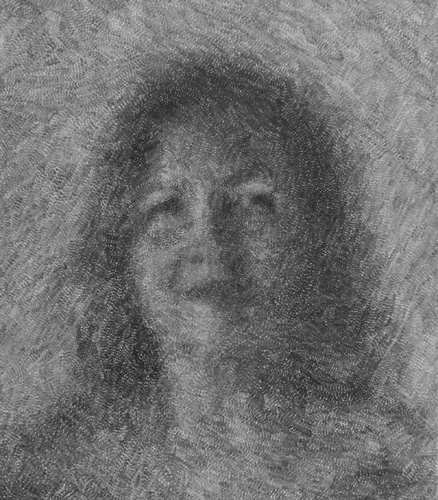
acrylic on canvas, 2016, 40 x 35 cm
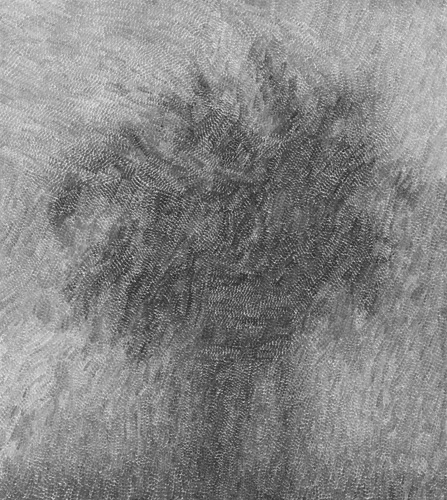
acrylic on canvas, 2016, 30 x 27 cm
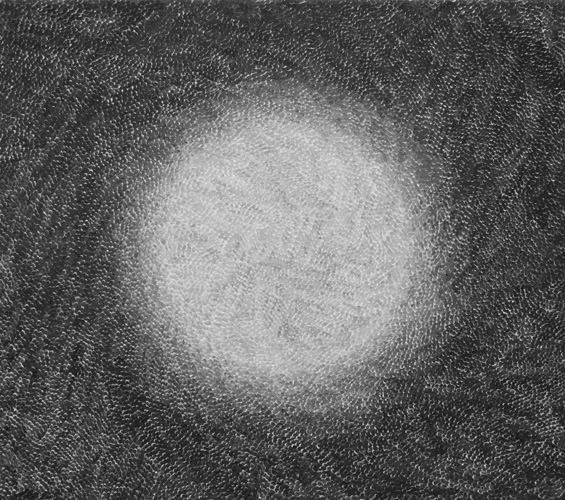
acrylic on canvas, 2016, 24 x 27 cm
Your job, your partner, your views — they are like the Polar Star.
The Pole Star is defined as the brightest star closest to the northern celestial pole. For centuries, it has served as a fixed point of reference in navigation and is often seen as a symbol of constancy. However, this apparent permanence is, in reality, subject to continuous transformation. Today, Polaris holds the position of the North Star. Around 2700 BC, it was Thuban, and by the year 14,000, Vega will take its place. Even what seems unchanging is part of an ever-evolving process.
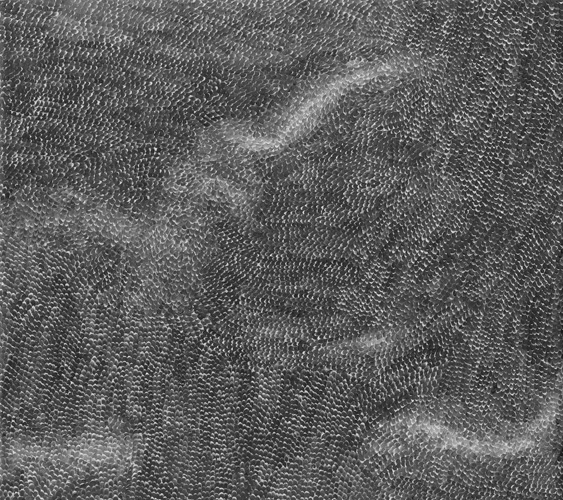
(based on ultrasound image captured on 09.03.2011, 8:49)
acrylic on canvas, 2016, 18 x 20 cm
